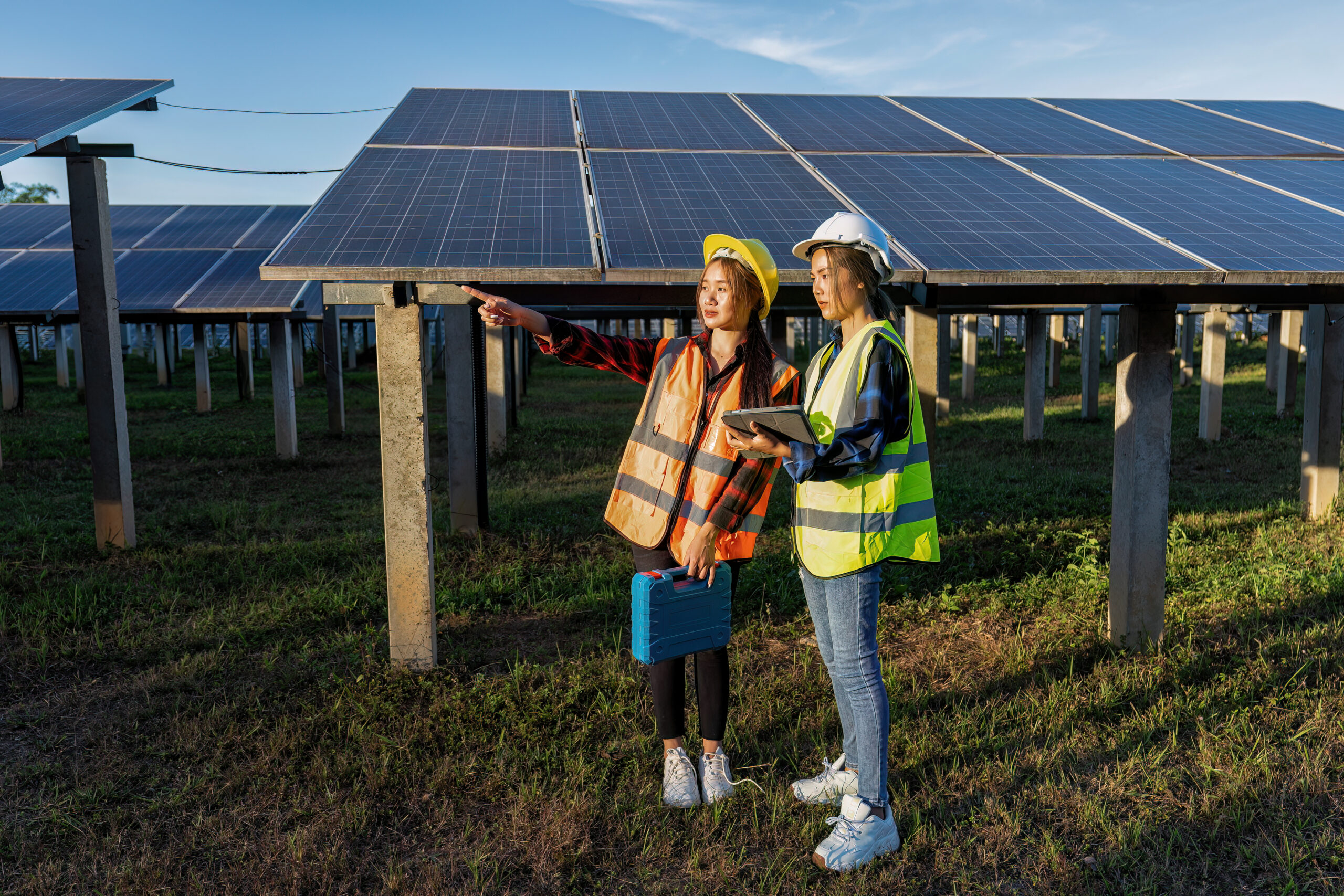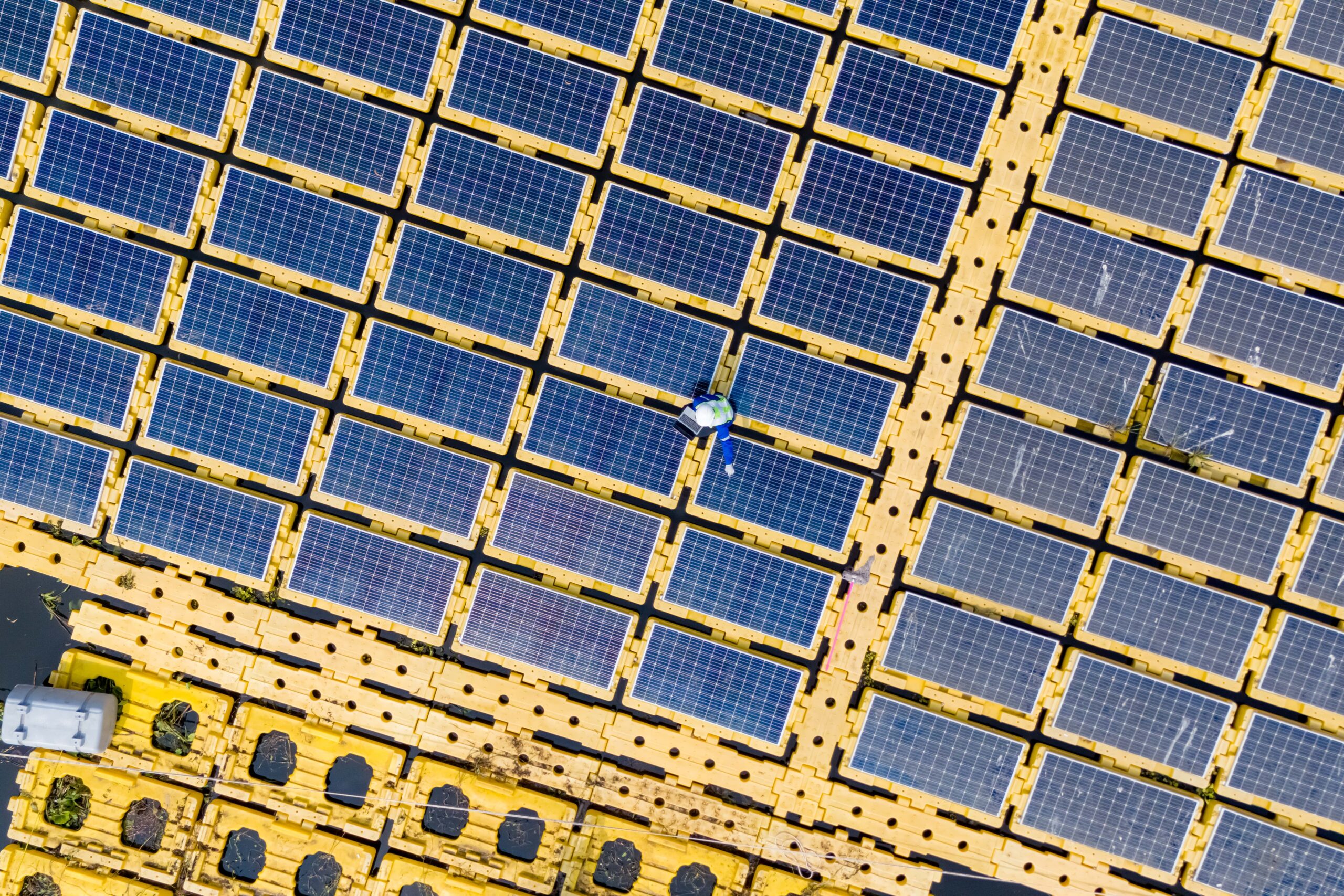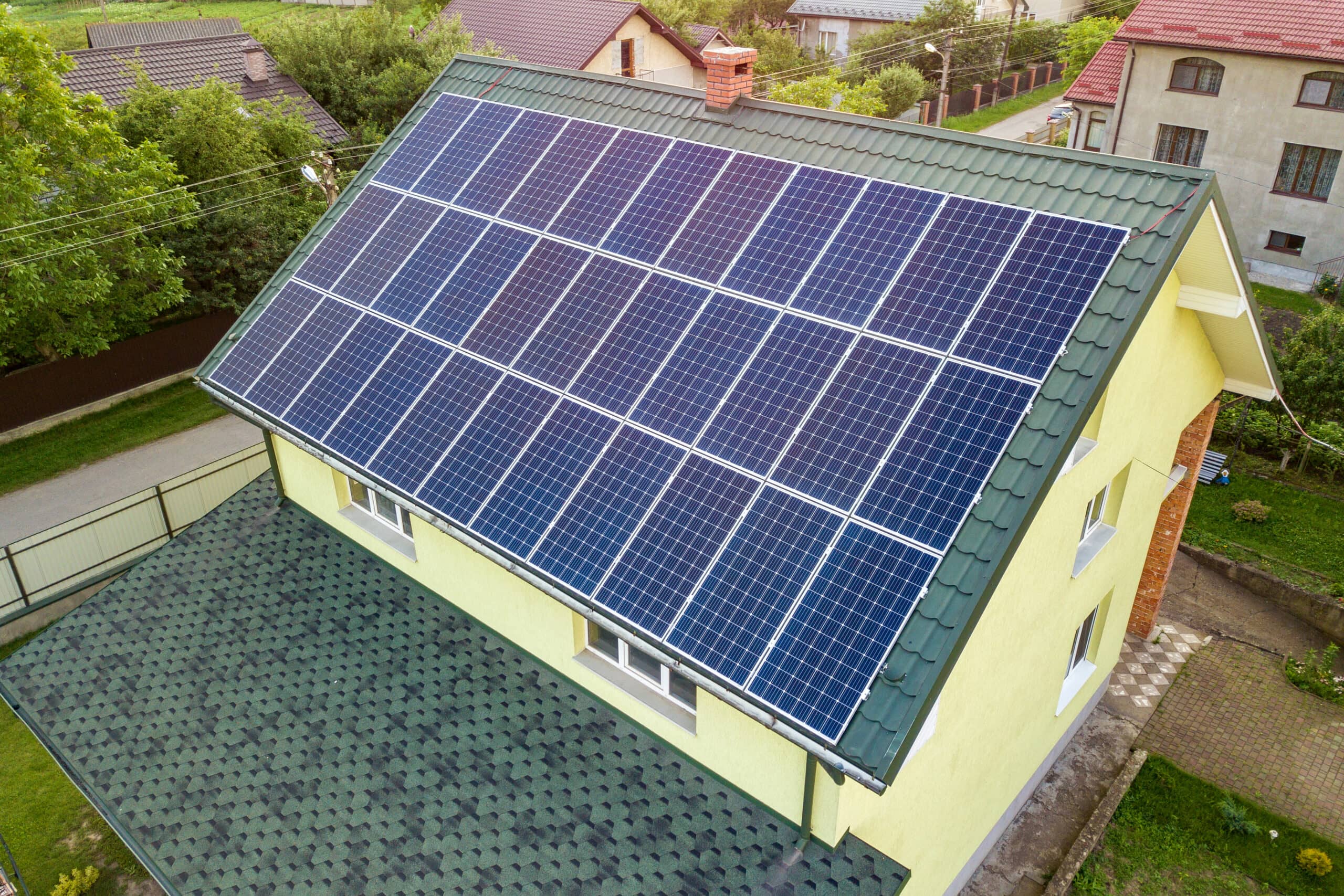The race for clean energy solutions is on one potential game-changer has been with us all along the sun. Solar energy offers a robust and sustainable alternative to traditional energy sources, but its applications might surprise you. Don’t be fooled by rooftop panels, solar power is already being harnessed in many ways. Did you know that the energy from the sun that reaches Earth in just one hour could meet global energy needs for an entire year? This article dives into fascinating facts that showcase the diverse applications of solar energy, from generating electricity for whole cities to powering everyday devices and revolutionizing industries. Brace yourself for a journey through some enlightening solar facts and get ready to be illuminated by the potential of solar energy and how it will change how you view renewable energy.
- Solar energy can distill water in regions where clean water is scarce, providing a sustainable solution to water scarcity issues.
- The world’s largest solar power plant, the Bhadla Solar Park in India, covers an area of over 14,000 acres and has a capacity of 2,245 megawatts.
- Solar energy can power space probes and satellites, providing a reliable source for exploration beyond Earth’s atmosphere.
- Solar energy can be integrated into architectural designs, allowing buildings to generate electricity and reduce grid reliance.
- Solar energy can help mitigate the urban heat island effect by reducing the heat absorbed by buildings and pavement and lowering city temperatures.
- Solar energy power off-grid systems in remote locations, such as weather stations, telecommunications equipment, and remote cabins.
- Solar energy is used to power desalination plants, converting seawater into freshwater in regions facing water scarcity.
- Solar-powered irrigation systems are being implemented in agriculture to provide reliable water access for crop irrigation, especially in rural areas.75: Solar energy can be stored in batteries for later use, allowing for continuous power supply even when the sun is not shining.
- Solar-powered street lights are becoming increasingly popular in urban areas, providing efficient and sustainable lighting solutions.
- Solar energy can heat swimming pools, reducing the need for traditional heating methods and lowering energy costs for pool owners.
- Solar energy can help reduce air conditioning costs by shading buildings with solar panels, reducing heat absorption and cooling requirements.
- Solar energy can power electric vehicles (EVs), providing a clean and renewable energy source for transportation.
- Solar-powered backpacks are available, equipped with built-in solar panels to charge electronic devices on the go.
- Solar energy can power wearable technology, such as smartwatches and fitness trackers, extending their battery life and reducing the need for frequent charging.
- Solar energy powers remote weather stations and monitoring equipment in polar regions where traditional power sources are impractical.
- Solar-powered air conditioning systems are being developed, utilizing solar energy to drive the cooling process and reduce energy consumption.
- Solar energy can power outdoor recreational activities such as camping and hiking through portable solar chargers and panels.
- Solar energy can power greenhouses, providing optimal growing conditions for plants while reducing energy costs for farmers.
- Solar energy can be integrated into transportation infrastructure, such as solar-powered bus shelters and charging stations for electric vehicles.
- Solar energy can power remote medical clinics and healthcare facilities in underserved areas, ensuring access to critical healthcare services.
- Solar energy powers remote monitoring and surveillance systems for wildlife conservation efforts in natural habitats.
- Solar energy can power water pumps for agricultural irrigation, providing sustainable water access for rural farmers.
- Solar energy can power outdoor lighting systems in parks, parking lots, and recreational areas, enhancing safety and security.
- Solar-powered drones are being developed for various applications, including aerial photography, environmental monitoring, and disaster response.
- Solar energy can power water heaters, reducing energy costs for residential and commercial buildings.
- Solar energy can power emergency response systems, such as communication devices and medical equipment, in disaster-prone areas.
- Solar energy can power remote data collection systems in harsh environments, such as weather stations and environmental monitoring devices.
- Solar energy can power educational initiatives, such as solar-powered classrooms and learning centers, to promote sustainability and renewable energy education.
- Solar energy can power mobile charging stations, providing access to electricity for mobile devices in public spaces and events.
- Solar energy can power lighting systems for outdoor sports facilities, such as soccer fields and tennis courts, extending playing hours and enhancing safety.
- Solar energy can power water purification systems, providing clean drinking water in remote and off-grid communities.
- Solar energy can power off-grid cabins and vacation homes, providing a sustainable and eco-friendly retreat for outdoor enthusiasts.
- Solar-powered water pumps are used in agriculture to irrigate crops, improving crop yields and reducing water usage.
- Solar energy is used to power desalination plants, converting seawater into freshwater for drinking and agriculture.
- Solar-powered refrigeration systems are being used to store vaccines and medicines in remote areas without electricity, helping save lives.
- Solar energy is used to power electric fences, providing security and protection for livestock and crops in rural areas.
- Solar-powered streetlights are being used to illuminate roads and public spaces, improving safety and visibility at night.
- Solar-powered irrigation systems are being used to water crops without the need for grid electricity or diesel generators, reducing costs and emissions.
- Solar energy is used to power electric vehicles and charging stations, reducing reliance on fossil fuels and lowering transportation emissions.
- Solar-powered water heaters are providing hot water for residential and commercial buildings, reducing energy bills and carbon emissions.
- Solar-powered air conditioning systems are cooling buildings and homes, providing a sustainable alternative to traditional HVAC systems.
- Solar energy powers remote weather stations and environmental monitoring equipment, helping scientists gather data on climate change and weather patterns.
- Solar-powered drones are used for aerial photography and mapping, offering a cost-effective and eco-friendly alternative to traditional aircraft.
- Solar energy powers disaster relief efforts, providing electricity to emergency shelters and medical facilities during natural and humanitarian crises.
- Solar-powered cooking devices, such as solar ovens and cookers, are used in developing countries to reduce reliance on wood and other traditional cooking fuels.
- Solar energy is used to power wastewater treatment plants, providing a sustainable solution to water pollution and sanitation challenges.
- Solar-powered backpacks charge electronic devices while on the go, offering a convenient and eco-friendly way to stay connected.
- Solar energy powers remote mining operations, reducing reliance on diesel generators and lowering operating costs.
- Solar-powered desiccant systems dry agricultural products, preserve food and reduce post-harvest losses.
- Solar energy powers remote telecommunications towers, connecting rural and underserved areas.
- Solar energy is being used to power off-grid cabins and homes, offering a sustainable and reliable source of electricity in remote locations.
- Solar energy is being used to power wearable technology, such as solar-powered watches and fitness trackers, reducing the need for battery replacements.
- Solar-powered water purification systems provide clean drinking water in areas with limited access to clean water sources.
- Solar energy is being used to power off-grid RVs and campers, allowing travelers to enjoy the comforts of home while on the road.
- Solar-powered drones are used for wildlife conservation and monitoring, providing valuable data on animal populations and habitats.
- Solar energy powers remote scientific research stations in Antarctica and other extreme environments, enabling researchers to study climate change and biodiversity.
- Solar-powered refrigerated trucks transport perishable goods, reducing food waste and carbon emissions in the transportation sector.
- Solar energy is being used to power remote lighthouses and navigational aids, ensuring the safety of ships and boats at sea.
- Solar-powered water pumps are used in aquaculture and fish farming operations, providing a sustainable source of water and oxygen for fish and other aquatic organisms.
- Solar energy is used to power wearable medical devices, such as insulin pumps and continuous glucose monitors, providing patients greater freedom and mobility.
- Solar-powered drones are used for search and rescue operations, helping locate missing persons and deliver supplies to disaster-stricken areas.
Powering Tomorrow: The Radiant Future of Solar Energy
As we bask in the brilliance of these solar facts, it becomes clear that the sun holds boundless potential to power our world sustainably. Let’s harness the sun’s power to illuminate our path towards a greener, brighter future. Keep shining with solar energy!
Ready to see if solar power is right for your home or business? Stanton Solar offers free solar assessments to help you explore the possibilities. We can tailor a solar solution to your needs and budget, empowering you to join the movement towards a sustainable future.






